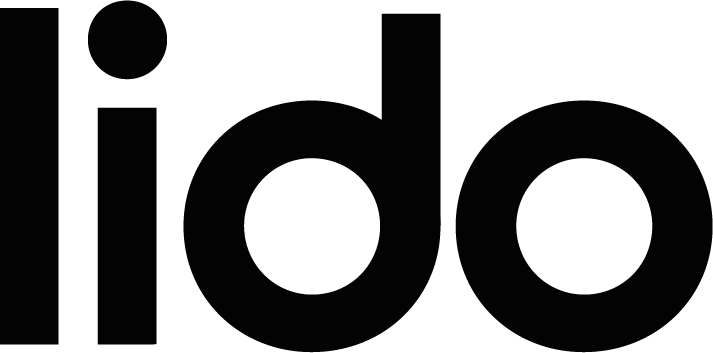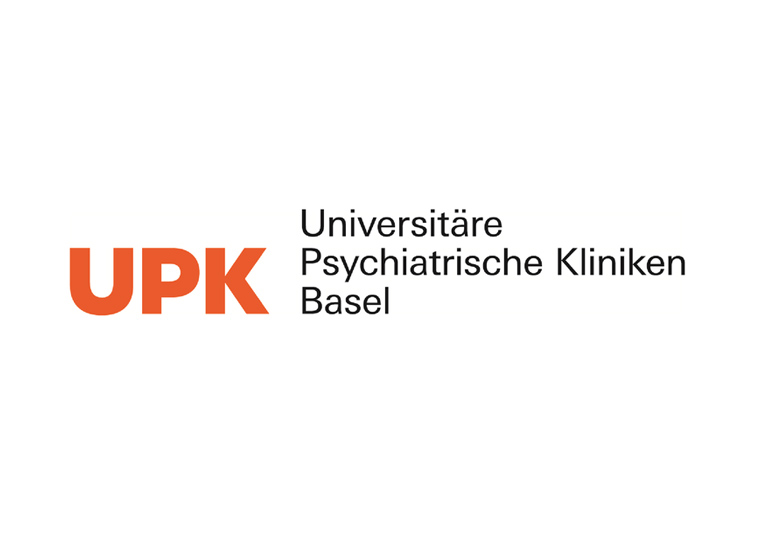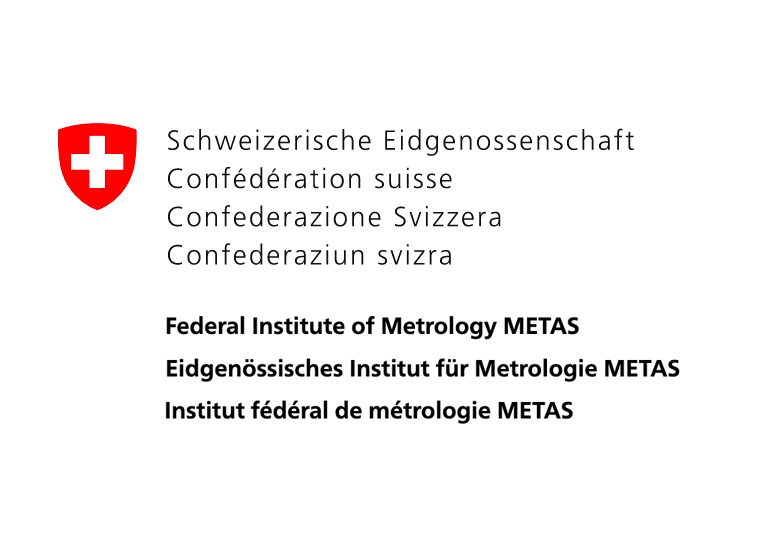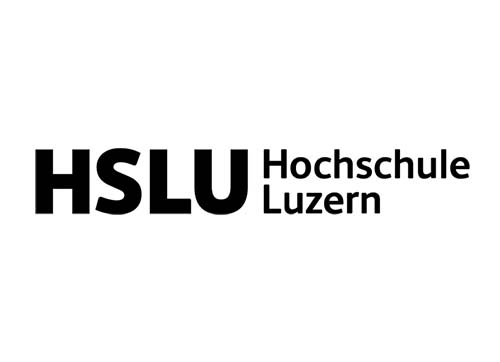ABOUT
The light dosimeter (lido) is a mobile measuring device (wearable) for investigating the visual and non-visual effects of light on humans.
The lido is the result of the interdisciplinary research project “Light exposure and health – light dosimeters for long-term recording and investigation of biologically effective radiation and its effect on humans” and was funded by the Velux Foundation (project no. 1134).
The hardware and software were developed by an interdisciplinary team at the Lucerne University of Applied Sciences and Arts – Engineering & Architecture. The measurements are based on CIE S 026:2018 “CIE System for Metrology of Optical Radiation for ipRGC-Influenced Responses to Light”.
Background
Due to social and economic changes and technological progress, humans no longer follow the natural light/dark cycle, but live in a 24-hour society. Daytime is spent in indoor settings, where light levels are a fraction of those outdoors. The darkness during the night is impacted by the use of artificial light. Whereas the connection between light exposure and human circadian entrainment is well established, the research community was missing two key items for a long time:
- an agreement on what metrics to use
- a suitable measuring device
The first gap was closed with the publication of CIE S 026:2018 – «CIE System for Metrology of Optical Radiation for ipRGC-Influenced Responses to Light»; the second gap is being addressed by the light-dosimeter.
Now we can answer your question: What about my light-history ?

PROJECT
After the Velux Stiftung approved the funding for the project «Light exposure and health – light-dosimeter for the longterm recording and examination of biologically effective radiation and its effect on humans» (Project No. 1134), an interdisciplinary team from the Lucerne School of Engineering and Architecture, combining knowledge in light and lighting, electronics, product design, information technology and project management, started with the development of the light-dosimeter in early 2018.
People who contributed to the project from the Lucerne School of Engineering and Architecture:
- Prof. Björn Schrader, Institute of Building Technology and Energy (IGE)
- Prof. Othmar Schälli, Institute of Electrical Engineering (IET)
- Dr. Giselher Wichmann, Institute of Electrical Engineering (IET)
- Prof. Erich Styger, Institute of Electrical Engineering (IET)
- Christian Di Battista, Institute of Electrical Engineering (IET)
- Janine Stampfli, Institute of Building Technology and Energy (IGE)
- Reto Häfliger, Institute of Building Technology and Energy (IGE)
- Christoph Zumbühl, Institute of Electrical Engineering (IET)
- Martin Friedli, Institute of Electrical Engineering (IET)
- Said Ahsaine, Institute of Building Technology and Energy (IGE)
- Stefan Ineichen, Institute of Building Technology and Energy (IGE)
- Diego Rohner, Institute of Innovation and Technology Management (IIT)
- Silvio Emmenegger, Institute of Electrical Engineering (IET)
- Christian Jost, Institute of Electrical Engineering (IET)
- Stefan Lustenberger, Mechanical Engineering and Energy Technology (IME)
- David Huwyler, Institute of Electrical Engineering (IET)
- Erny Niederberger, Institute of Electrical Engineering (IET)
- Justin Rüssli-Kueh, Institute of Electrical Engineering (IET)
In addition, the project was supported by three external partners:
- Prof. Dr. Christian Cajochen, Head of Centre for Chronobiology, University Psychiatric Clinics Basel, Switzerland
- Dr. Peter Blattner, Head of Optics Laboratory, Federal Institute of Metrology (METAS), Switzerland
- Prof. Dr. med. Herbert Plischke, Light and Health, University of Applied Sciences Munich, Germany
CONTACT
Lucerne University of Applied Sciences and Arts
School of Engineering and Architecture
Technikumstrasse 21
6048 Horw
Switzerland






